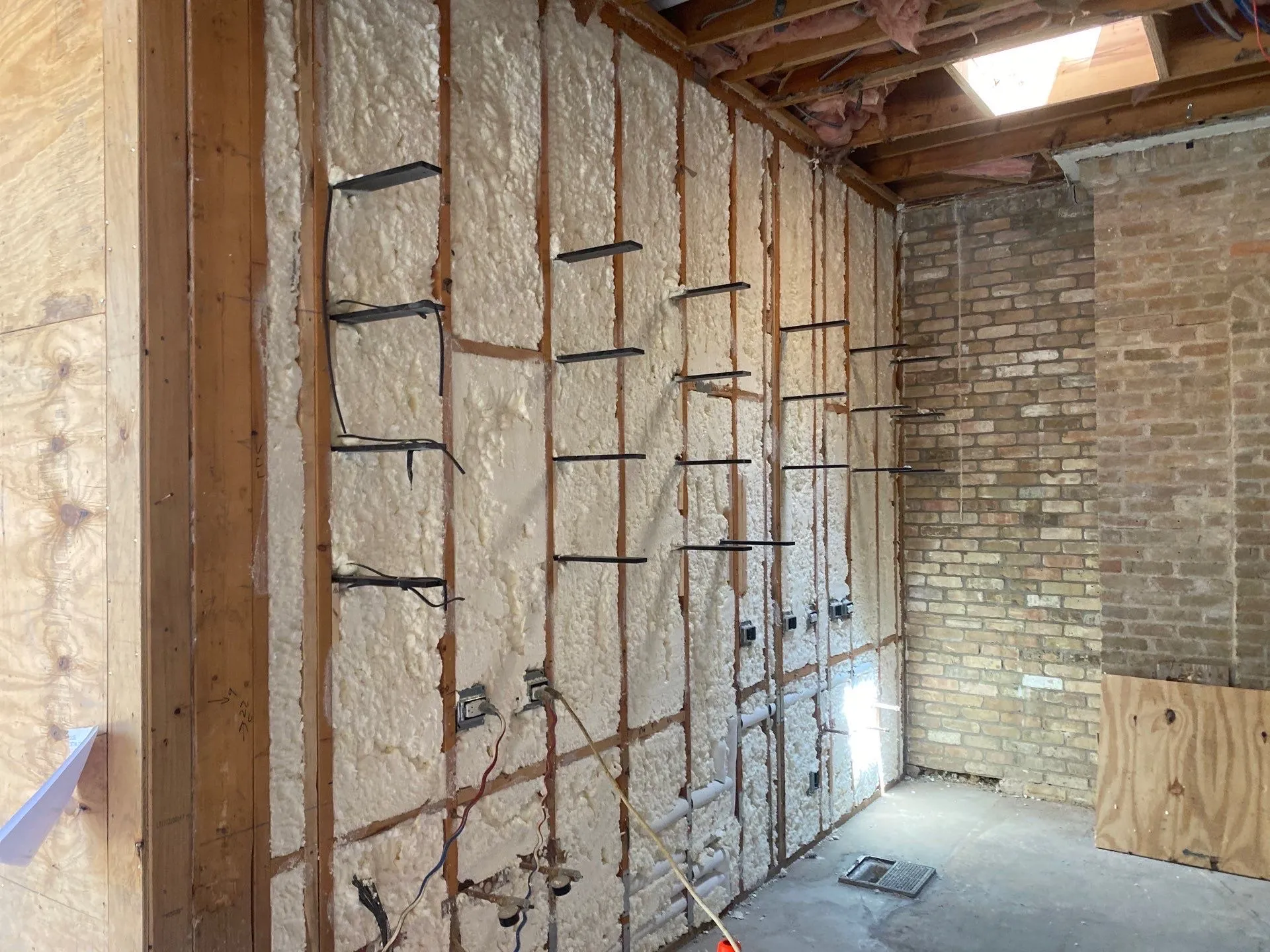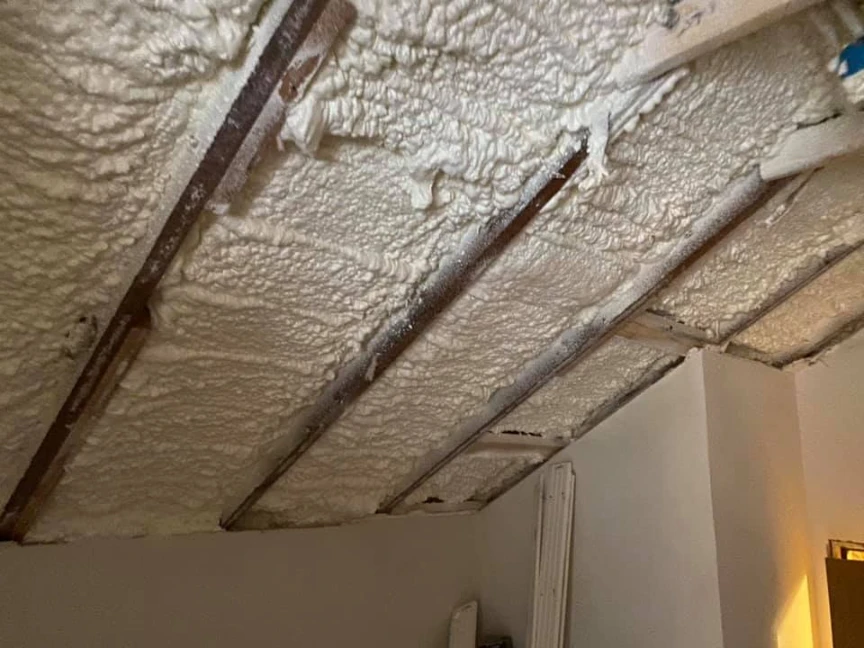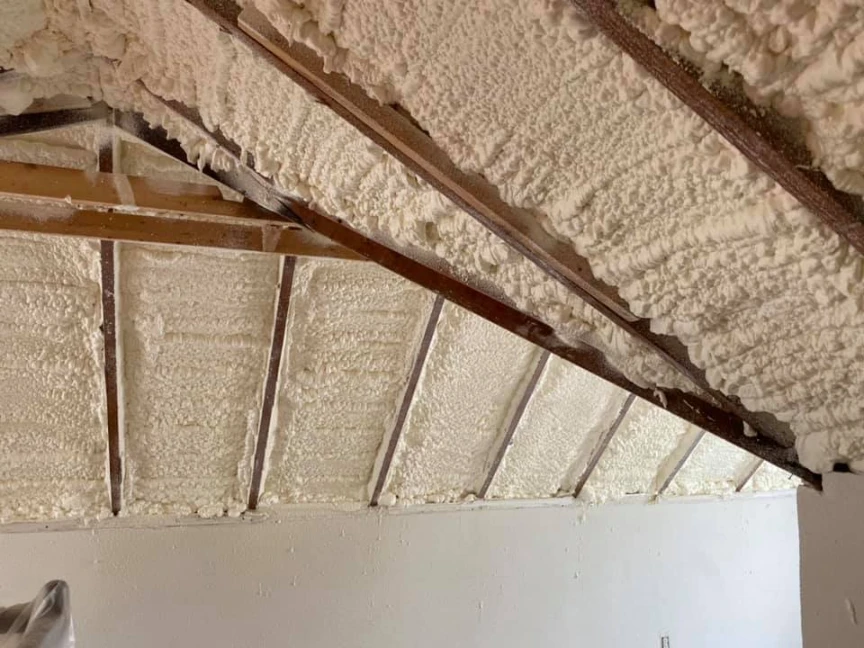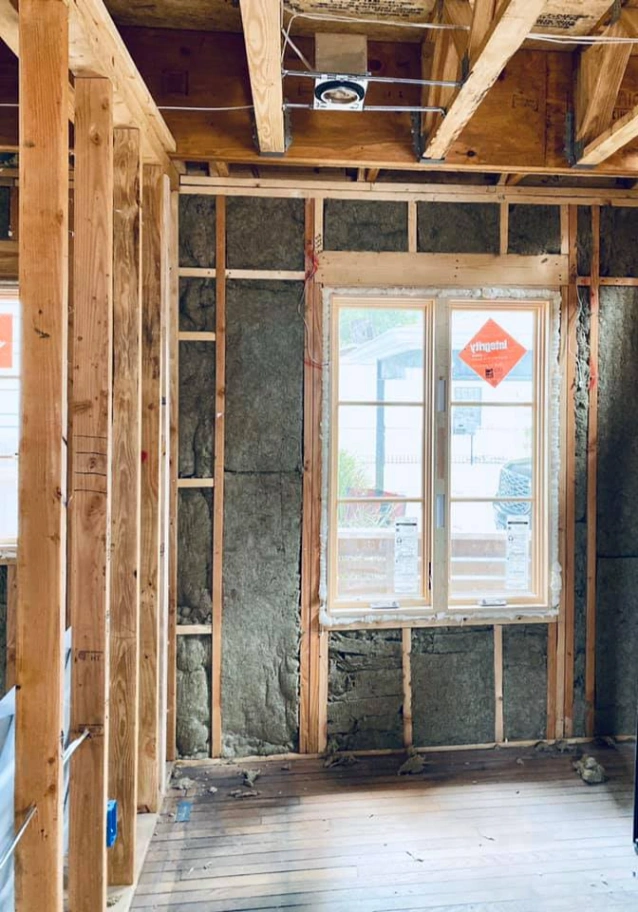Sealing a moist surface with spray foam insulation traps moisture inside building materials, which leads to mold growth, wood rot, and structural damage over time. This happens because spray foam creates an airtight barrier that prevents evaporation, turning a small damp spot into a major problem. Professionals in the insulation field see this mistake often, and it costs homeowners thousands in repairs.
This article breaks down the reasons behind this advice, covers the science, and shares practical steps to avoid pitfalls. Readers will learn how to spot moisture issues before insulation application and what to do instead. Drawing from years of experience in handling insulation projects, this article highlights these points based on real-world cases rather than theory alone.
How Spray Foam Insulation Works
Spray foam expands when applied, filling gaps and creating a tight seal against air leaks. It comes in open-cell and closed-cell types, each with different densities and uses. Open-cell foam absorbs some water but still blocks drying, while closed-cell repels it entirely but locks in any existing dampness.
In dry conditions, this material performs well, reducing energy bills by up to 50% according to a U.S. Department of Energy report. But moisture changes everything. When foam meets wet wood or drywall, it bonds tightly, and the water stays put. Over months, that leads to hidden decay.
Dangers of Trapping Moisture
Moisture under spray foam fosters mold spores that thrive in dark, humid spots. A study by the Indoor Air Quality Association notes that trapped dampness raises indoor mold risks by 70% in sealed areas. Homeowners then face health issues like allergies or respiratory problems.
Structural integrity suffers too. Wet wood loses strength; it warps and rots from the inside. In one case, a garage wall treated this way collapsed after two years because the beams turned soft. Repair bills hit $15,000, far more than proper prep would cost.
Energy efficiency drops as well. Damp materials conduct heat better, so the insulation loses its R-value. Data from the Building Science Corporation shows that moist applications cut performance by 30-40%.
Comparison of Dry vs. Moist Applications
| Aspect | Dry Surface Application | Moist Surface Application |
|---|---|---|
| Moisture Control | Allows natural drying | Traps water, promotes mold |
| Durability | Lasts 20+ years | Fails in 2-5 years |
| Energy Savings | Up to 50% reduction | Only 20-30% effective |
| Health Impact | Minimal | High risk of allergens |
| Cost Over Time | Low maintenance | High repair expenses |
This table highlights why preparation matters. Dry surfaces let the foam do its job without complications.
Why This Mistake Occurs Often
Rushed jobs lead to overlooking dampness. Contractors might skip moisture meters to save time, assuming a quick visual check suffices. But hidden leaks from roofs or plumbing often leave surfaces wet without obvious signs.
Homeowners sometimes apply DIY kits without training. Online tutorials skip warnings about humidity levels above 50%, which signal trouble. In humid regions like the Southeast U.S., summer air adds extra moisture that evaporates slowly.
Market data backs this up. The National Association of Home Builders reports that 25% of insulation failures stem from moisture issues, costing the industry $2 billion yearly in fixes.
Bonus Tip: Always use a moisture meter before starting. Readings over 15% mean wait for drying or fix the source first. This simple check prevents big headaches.
Things to Consider Before Making a Decision
Assess the building’s age and history. Older homes with past water damage hold moisture longer, even if they look dry now. Check for signs like peeling paint or musty smells.
Think about local climate. In areas with high humidity, like coastal Texas, evaporation takes longer. A NOAA Climate Report indicates that Gulf states average 70% relative humidity, doubling drying times compared to arid West regions.
Budget for proper prep. Drying a surface might add $500, but it saves $5,000 later. Weigh long-term home value too; failed insulation scares buyers and drops resale prices by 5-10%.
Consider alternatives if moisture lingers. Rigid foam boards or fiberglass work better on tricky surfaces, allowing some breathability.
Bonus Tip: Consult local building codes. Some areas require vapor barriers in humid zones, which change how you approach insulation entirely.
Regional and Climate-Specific Advice
Building on these considerations, regional climate variations play a big role in insulation success. In dry climates like the Southwest, surfaces dry fast, but flash floods can surprise. Test after rain events before insulating.
Humid areas demand extra caution. For example, in Florida, constant moisture from humidity and storms means pros often recommend dehumidifiers during prep. The Florida Building Commission sets strict rules on moisture control to prevent widespread mold outbreaks post-hurricanes.
Cold regions face freeze-thaw cycles that worsen trapped water. Ice forms inside walls, expanding cracks. Northern states see 15% more claims for this, per insurance data.
Bonus Tip: In rainy seasons, delay projects until conditions improve. A few weeks of good weather can make all the difference.
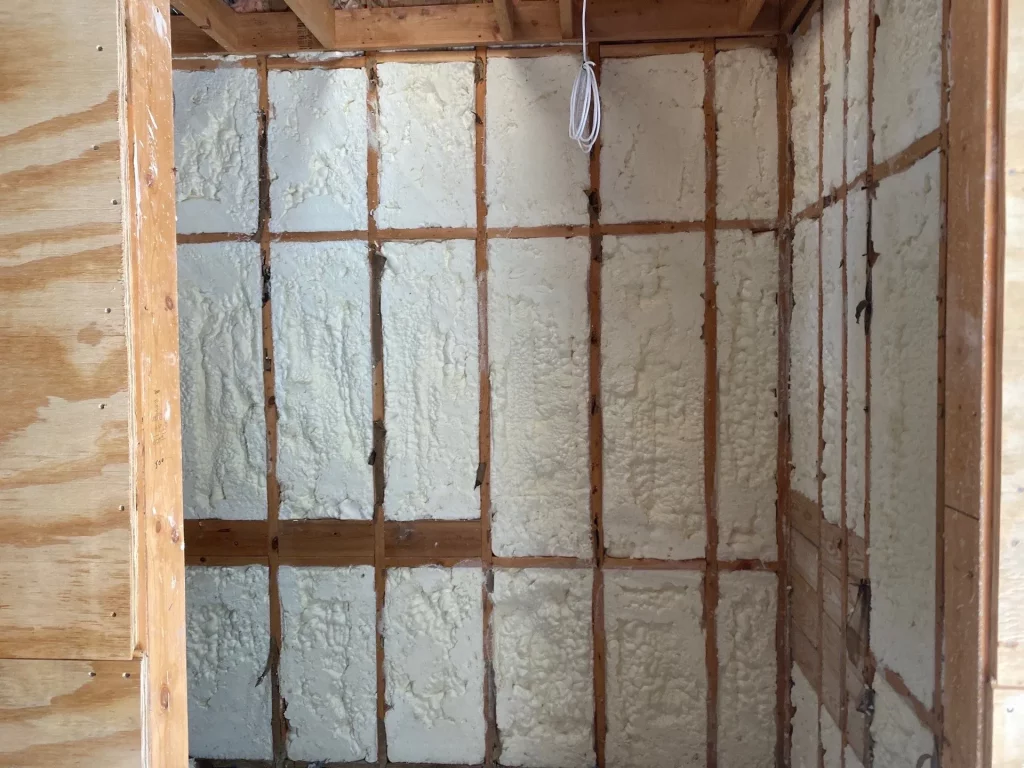
Common Questions
Can Small Moisture Problems Be Fixed Without Removal?
If the moisture covers less than 10% of the area, drying might still work, but it’s important to test thoroughly. Larger issues require fixing the source first.
Can Spray Foam Insulation Be Removed?
Yes, but removal is messy and expensive, often involving grinding or chemical strippers that can damage surrounding materials.
How Do Open-Cell and Closed-Cell Handle Moisture?
Closed-cell tends to trap moisture due to its density, while open-cell may absorb some, but neither allows moisture to escape easily.
Key Takeaways
Avoid sealing moist surfaces with spray foam to prevent mold, rot, and inefficiency. Dry everything thoroughly and fix leaks upfront. Choose methods suited to your climate and home condition. Evaluate your setup carefully, considering costs and local factors, to make smart choices for lasting results.
Contact Experts for Guidance
For advice on insulation projects, reach out to Stellrr at info@stellrr.com or call (512) 710-2839. Professionals can assess moisture levels and suggest tailored solutions based on specific needs. This step ensures projects succeed without common errors.
Frequently Asked Questions About Spray Foam and Moisture
What Happens If You Apply Spray Foam Over Slight Dampness?
Slight dampness still gets sealed in, leading to gradual mold buildup. Use fans and dehumidifiers for at least 48 hours to drop levels below 12% before proceeding.
How Do You Detect Hidden Moisture?
Use infrared cameras or moisture probes on walls and floors. These tools reveal issues behind surfaces that eyes miss.
Are There Safe Ways to Insulate Damp Areas?
Yes, opt for breathable materials like cellulose or mineral wool that allow drying. They cost less upfront but perform reliably in wet conditions.
Does Climate Affect the Waiting Period?
Definitely. In low-humidity areas, wait 24 hours; in high-humidity spots, extend to a week or more after fixing leaks.
What If Mold Already Exists Under the Surface?
Remove and treat it first with EPA-approved cleaners. Insulating over mold spreads spores and voids warranties.
Sources
- U.S. Department of Energy – Government resource on insulation types and energy savings, relevant for performance data.
- Indoor Air Quality Association – Organization focused on air quality, provides stats on mold risks from poor insulation practices.
- Building Science Corporation – Expert site on building materials, details moisture interactions with foam.


